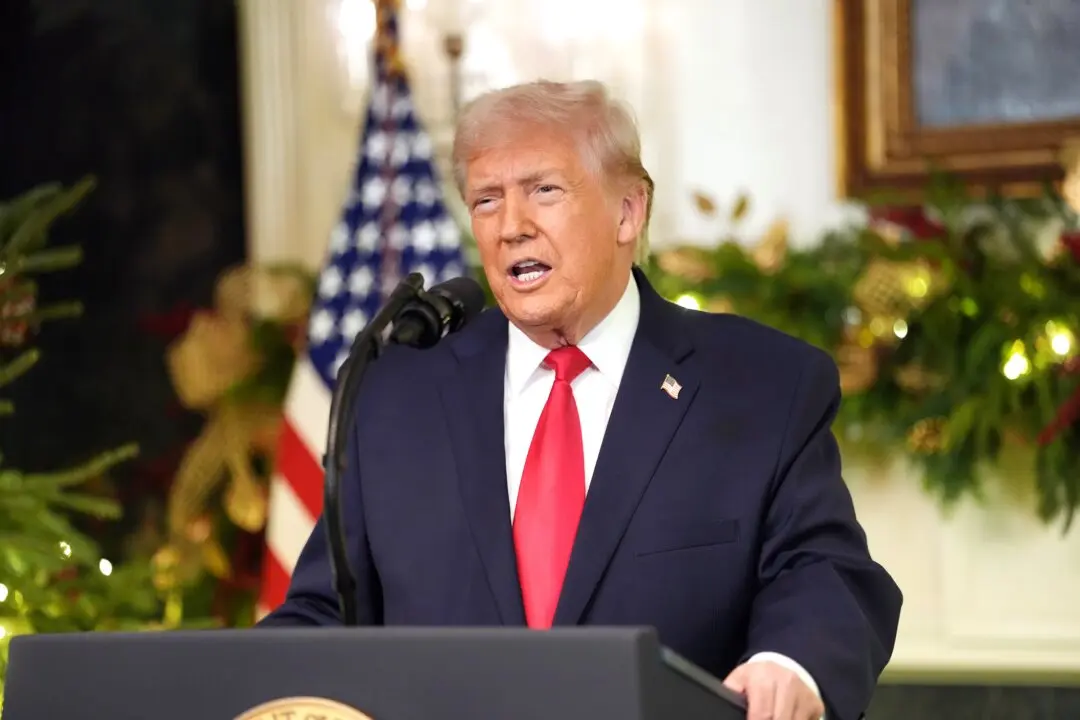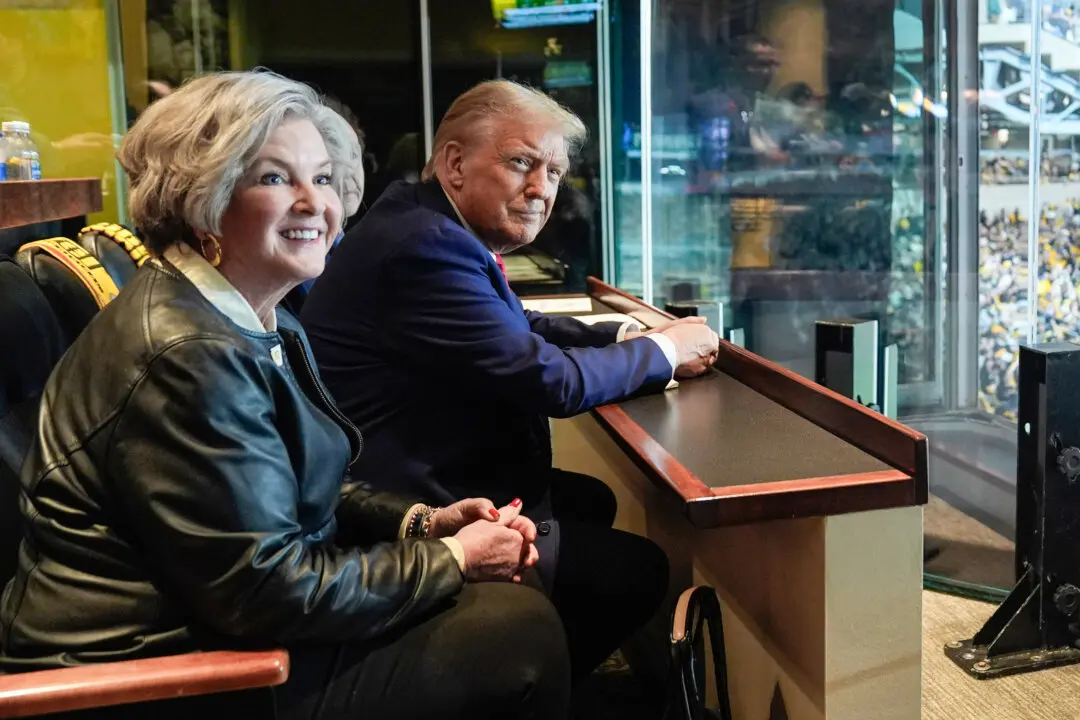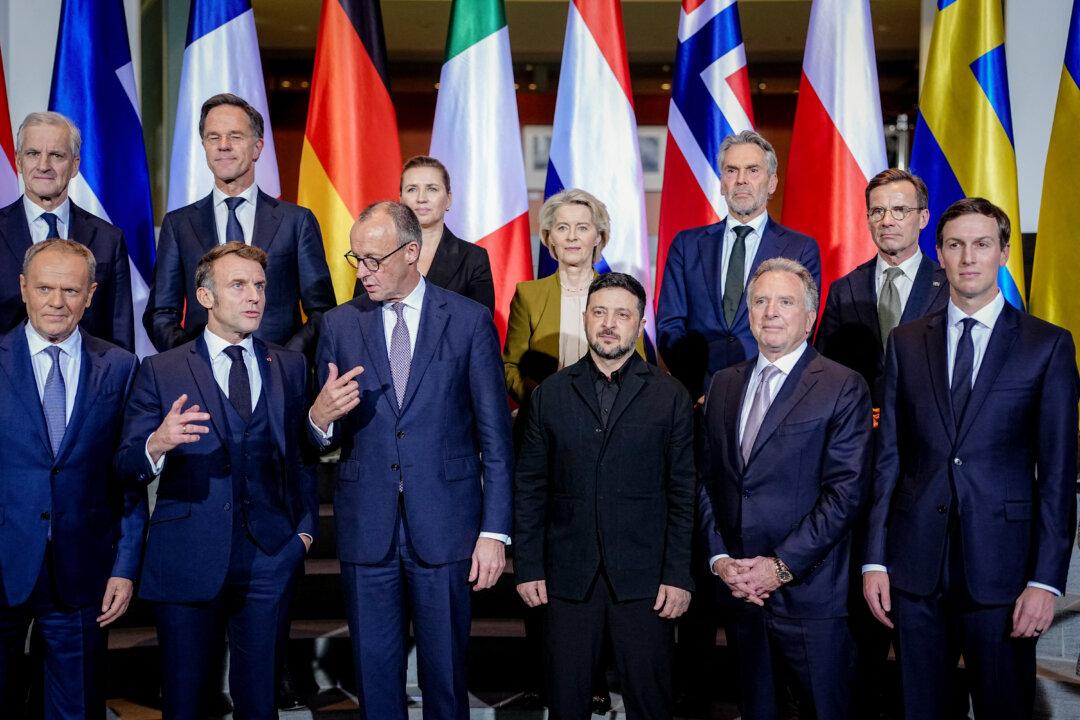President Donald Trump signed orders on Thursday imposing a 25 percent tariff on imported steel and a 10 percent tariff on imported aluminum. Both tariffs are global with the exception of Mexico and Canada.
“Due to the unique nature of our relationship with Canada and Mexico—we’re negotiating, right now, NAFTA—we’re going to hold off the tariff on those two countries, to see whether or not we’re able to make the deal on NAFTA,” said Trump during the signing ceremony of proclamations on March 8.





